Content of the article
- /01 What is margin and why is it important?
- /02 Margin and margin: what is the difference?
- /03 Classification of goods by margin level
- /04 Benefits of working with high-margin products
- /05 Risks of working with high-margin products
- /06 Main categories of high-margin products
- /07 Practical strategies for working with high-margin products
- /08 Tools and resources
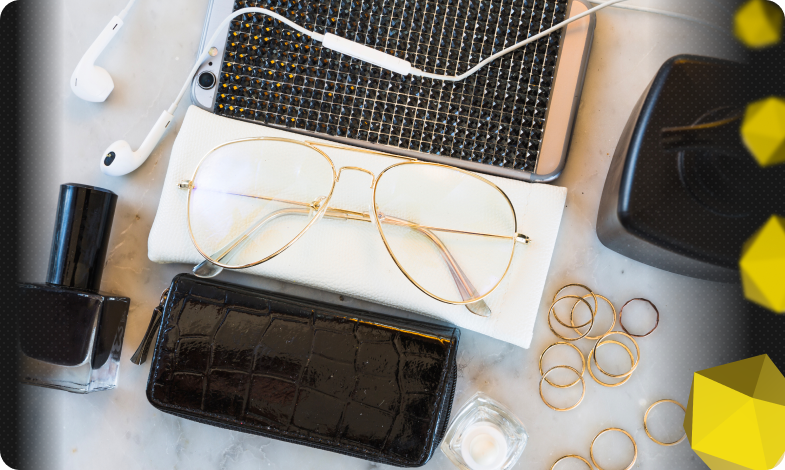

The right selection of high-margin products directly affects the ability of a business to create stable profits and reinvest them in development. In this article, we will look at what marginality is, how to distinguish between low-, medium-, and high-margin products, and which categories bring the most revenue. We will also offer practical advice on assortment selection, pricing, and marketing strategies. This will help you optimize your sales process, increase profitability, and lay a solid foundation for long-term business growth.
What is margin and why is it important?
Gross profit margin is an indicator that reflects the share of revenue that remains after deducting the direct costs of production or purchase of goods (COGS). In other words, it shows how many hryvnias of each hryvnia of sales can be used to cover administrative expenses, marketing, and net profit.
You can calculate the margin using the following formula:

where:
- margin is the difference between revenue and cost of goods sold, i.e:
Margin = Revenue – Cost
- Revenue is the total amount of money received from the sale of goods (number of units sold × selling price per unit);
- cost – the amount of direct costs associated with the production or purchase of goods, including materials, production costs, delivery and customs duties (for imported goods).
For example, if revenue for the period is 100,000 UAH and the cost of goods sold is 70,000 UAH, then:
Margin = 100 000 ₴ – 70 000 ₴ = 30 000 ₴
Margin = (30 000 / 100 000) × 100 = 30 %.
Thus, a 30% margin means that out of every hryvnia of sales, 0.30 ₴ is used to cover operating expenses and generate net profit.
Why is margin calculation important for business?
Regular margin calculation allows you to provide a financial cushion for further development:
- profitability analysis helps to assess the effectiveness of cost management: high margins indicate optimal procurement and production processes and create a reserve to cover administrative, marketing and other variable costs;
- margin is an important tool for strategic decision-making: it shows which products or categories make the biggest contribution to the overall profit and helps to direct limited resources to their promotion and development;
- margin calculation is the basis for budget planning and cash flow forecasting – it allows you to determine the break-even point of your business, assess financial risks and plan optimal sales volumes to achieve your financial goals.
Margin and margin: what is the difference?
Although the terms «margin» and «markup» are often confused, they measure different financial indicators. Markup shows how much you increase the cost of goods to set the selling price. In this case, profit and cost are used in the calculation.
And the gross profit margin reflects the part of the revenue that remains after covering direct costs and is calculated as the ratio of profit to the selling price.
Let’s look at an example. Let’s say you buy a product for 80 ₴ and sell it for 150 ₴. Your gross profit is 70 ₴ (150 ₴ – 80 ₴). If you calculate the margin, then 70 ₴ of profit is divided by the cost of 80 ₴, and you get about 87.5%. The margin, on the other hand, is calculated as 70 ₴ of profit divided by the selling price of 150 ₴, which gives approximately 46.7%.
Understanding the difference between these figures is essential for accurate financial analysis. The markup helps you quickly set the price based on the desired unit profitability. At the same time, margin is a key KPI for assessing the real return on each hryvnia of revenue and justifying strategic decisions on product mix and pricing.
Classification of goods by margin level
To optimize the assortment, it is important to understand how different product groups differ in terms of profitability. Depending on the margin, products are divided into three categories:
- Low-margin products – products with a gross margin of up to 20%. These are usually mass items that generate high sales but require a significant turnover to generate significant profit. Examples: household chemicals, basic foodstuffs, stationery.
- Medium-margin products – have margins in the range of 20-40%. These are positions that are balanced in terms of demand and profitability. They form the bulk of the assortment and provide stable profits at a relatively affordable price. Examples include mass-market clothing, mid-range appliances, and household goods.
- High-margin products are items with a margin of more than 40%. They ensure maximum profit from each unit sold, even with relatively small volumes. These are often products with emotional value, innovation, limited supply, or unique packaging. Let’s take a closer look at such products below.
Knowing this classification helps businesses predict profitability and develop a balanced sales strategy. High-margin products are especially interesting for businesses because they can provide rapid profit growth even with a limited budget or traffic. That is why we will focus on the advantages of working with high-margin products.
Benefits of working with high-margin products
Focusing on high-margin products allows businesses to use resources, both financial and human, more efficiently. This is especially important in a highly competitive or volatile demand environment. Here are the key benefits:
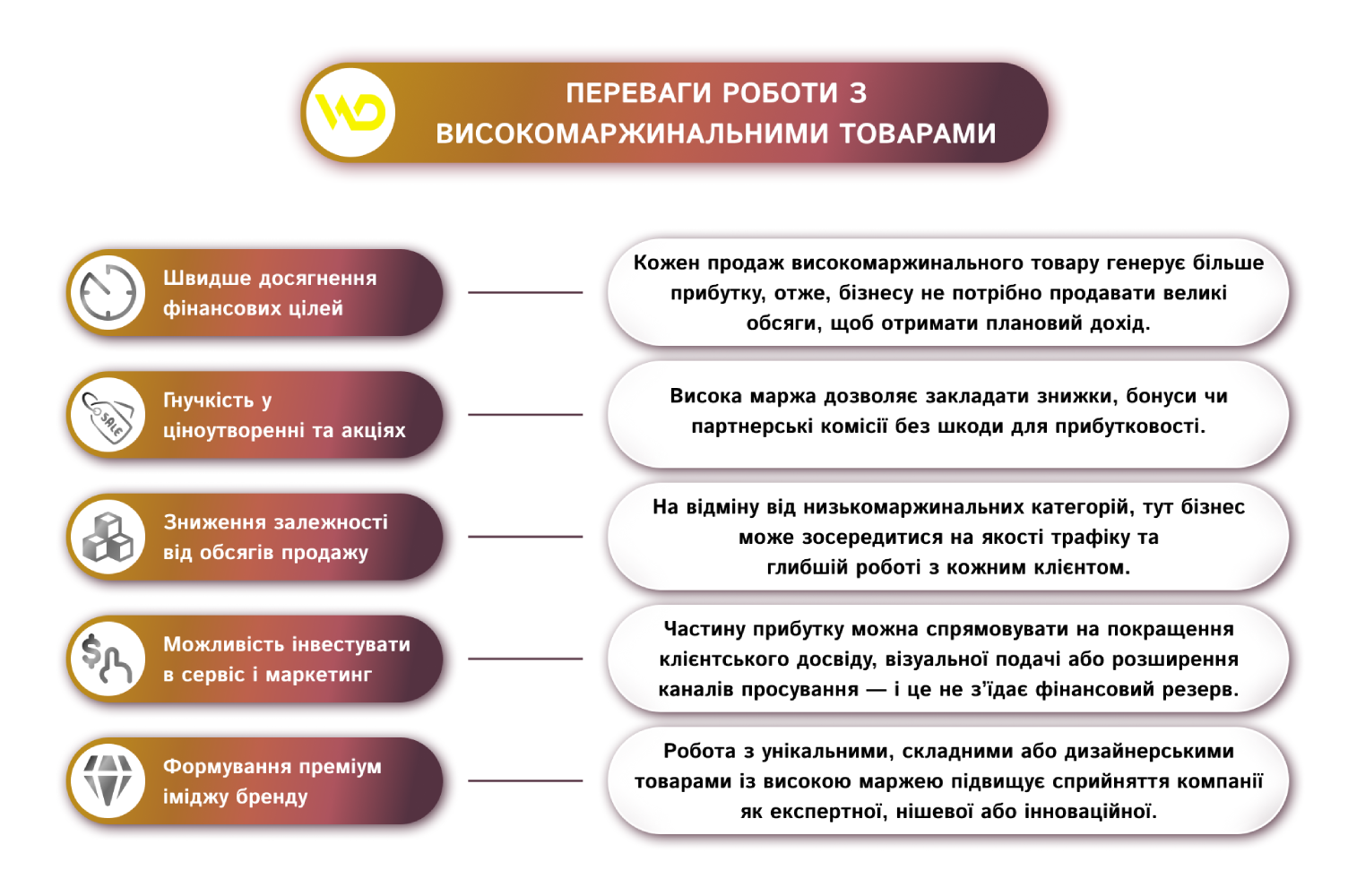
At the same time, it should be borne in mind that high-margin products require a more careful approach to positioning, communication with the customer, and building brand trust. Let’s take a closer look below.
Risks of working with high-margin products
Despite the obvious advantages, high-margin products are accompanied by specific business risks that require careful management.
- Slow turnover.
Expensive goods are less likely to be bought on impulse, especially without prior familiarity with the brand. This increases the transaction cycle and requires more marketing support at the decision-making stage.
- High promotion costs.
To justify the cost of a product, a company must invest in high-quality branding, targeting, and customer experience support. In some niches, the cost of customer acquisition can significantly exceed the market average.
- The risk of overstocking.
If the demand for a product is overestimated or there is no mechanism for flexible testing, the remains of high-margin goods can «freeze» working capital for a long time.
- Difficulties with pricing.
An excessively high price without a clear value or explanation can drive customers away. The balance between the psychological limit and profit is difficult to maintain without a high-quality market analysis.
5. Higher sensitivity to reputational risks.
Premium goods are much more dependent on brand trust. One negative review or reputational crisis can significantly affect sales.
Example: A Ukrainian niche cosmetics brand increased the price of its key product by 30%, but sales fell due to the lack of explanation for the change. After adjusting the communication (detailed description of ingredients and value), conversion gradually recovered.
Main categories of high-margin products
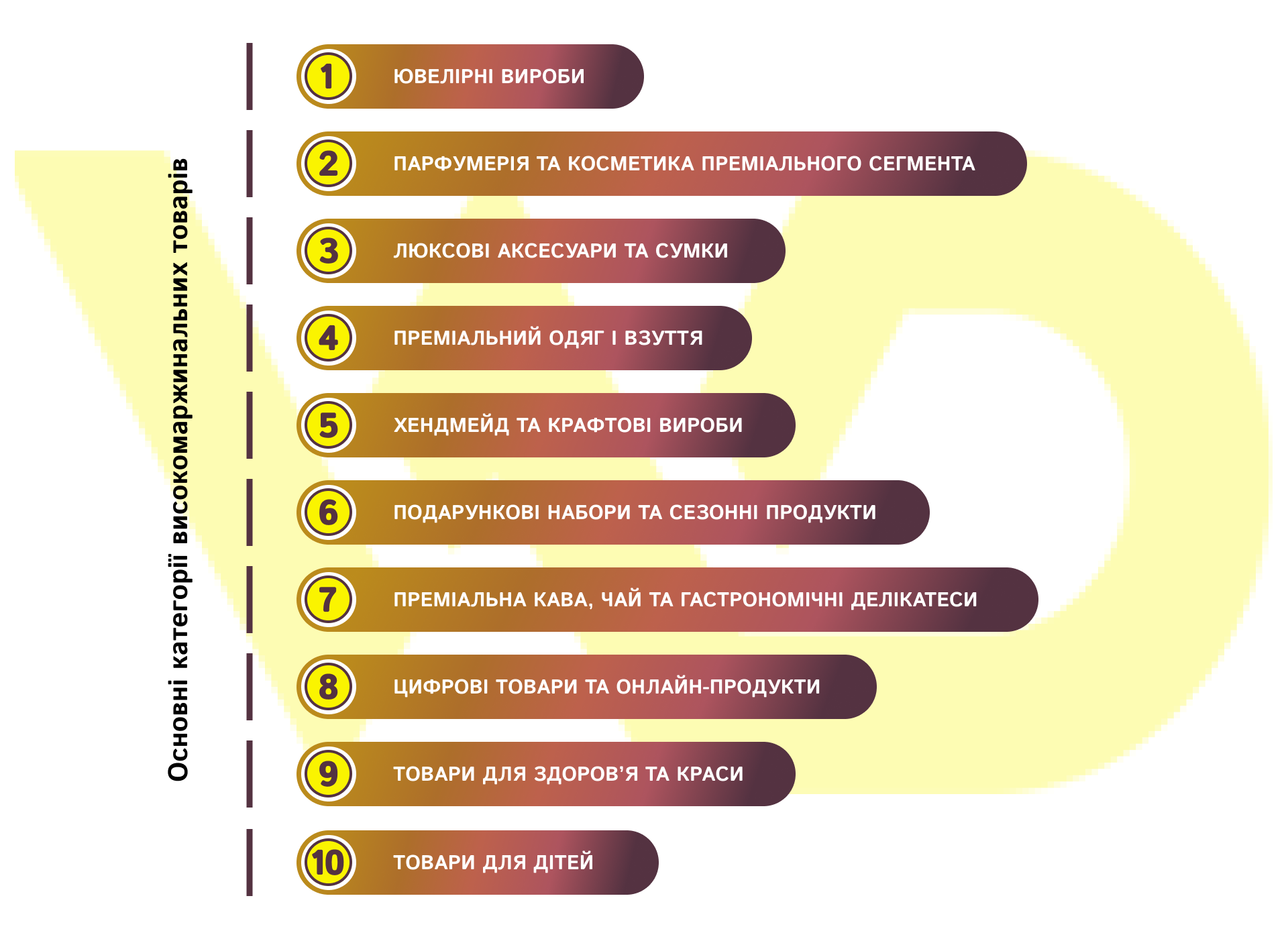
The marginality of a product directly depends not only on its cost but also on the perceived value to the consumer, the level of competition, and brand positioning. This section contains the categories that most often provide a consistently high profit per unit of sale.
Jewelry
Jewelry made of precious metals and stones has a high consumer value with relatively small volumes of raw materials. The added value is generated by design, brand, emotional value of the purchase and the uniqueness of the offer. Handmade jewelry or limited collections are particularly profitable.
Perfumery and cosmetics in the premium segment
The cost of ingredients in perfumes and decorative cosmetics is often insignificant compared to the selling price. The margin is shaped by the brand, packaging, marketing, and status of the product. Due to the emotional attachment to the product, customers are willing to pay for a sense of luxury.
Luxury accessories and bags
Image goods, such as designer handbags, wallets, belts and sunglasses, enjoy high margins due to their strong brand and limited availability. Demand remains consistently high due to the prestige of owning such items.
Premium clothing and footwear
In the fashion segment, especially in the niche of slow fashion or capsule collections, products are valued for their quality, environmental friendliness and uniqueness. Brands create added value through aesthetics, history and personalization.
Handmade and craft products
Handmade products (ceramics, decor, furniture, textiles, jewelry) do not have a clear market price, which allows the manufacturer to create value on their own. Uniqueness and creativity become the main factors that allow for high margins.
Gift sets and seasonal products
Thanks to a ready-made solution for the buyer and emotional motivation to buy, gift boxes, holiday sets or seasonal offers have a high consumer value. They allow you to combine inexpensive products into profitable combinations, which makes it possible to generate significant margins.
Premium coffee, tea and gastronomic delicacies
Products that are associated with quality, ritual and pleasure have great margin potential. Branding, packaging, and origin stories (e.g., specialty coffee or organic tea) can help to increase the value of such products.
Digital goods and online products
E-books, templates, courses, design files, or licenses don’t require any storage or logistics costs. After the initial development, such products can be sold repeatedly, and the margin on each unit is almost absolute.
Health and beauty products
Dietary supplements, care cosmetics, essential oils, and wellness products are actively promoted because of the promise of improved health, which allows for high margins. Brand credibility, certification, and recommendations from opinion leaders have a significant impact on perceived value.
Products for children
Parents are willing to invest in the safety, quality, and development of their children. Eco-friendly toys, developmental kits, natural cosmetics, or baby clothes can command a high margin due to their special positioning, quality certificates, and the emotional factor of purchase.
All these categories have one thing in common: the buyer perceives a product as valuable not only because of its material characteristics, but also because of its history, brand, design, or uniqueness. That’s why working with a high-margin assortment allows businesses to generate more profit even with relatively low sales.
Given the aforementioned features, let’s take a look at how to work with high-margin products in practice.
Practical strategies for working with high-margin products
High margins are only an initial advantage. For it to turn into a stable profit, businesses need to implement a systematic approach to managing assortment, pricing, marketing, and risks. Let us consider the key areas of such work with examples.
- Pricing and billing.
One of the most effective strategies for a high-margin product is dynamic pricing – when the price changes depending on demand, season, user behavior, or the competitive environment. Another effective tool is A/B testing of prices, which allows you to empirically determine the optimal level at which conversion and margin are maximally balanced.
Example: a company selling premium jewelry tested two prices for the same set: 550 ₴ and 790 ₴. At the higher price, the conversion rate dropped by only 4%, but the profitability increased by 27% due to the increased margin.
- Assortment policy.
For effective work, it is important to form an assortment with different types of margins: attracting products (with a minimum margin), «profit engines» (high margin), and complementary items (medium margin, sold «in a set»). This approach helps to avoid cannibalization of goods and increase the average check in a balanced way.
Example: a Ukrainian online gift box store added high-margin handmade accessories to its assortment, which were sold together with the main product. This allowed to increase the average order margin from 42% to 58% without increasing the advertising budget.
- Marketing tools.
A high-margin product needs an appropriate presentation. This includes:
-
- premium packaging (visual aesthetics = perceived value);
- exclusive offers (limited editions, pre-sale);
- targeted advertising to audiences with high LTV (via Meta, Google, TikTok, or email).
Example: An organic cosmetics brand changed its packaging from basic to premium (matte cardboard, minimalist font, ribbon) and targeted ads to women aged 25-45 with an above-average income. As a result, the conversion rate increased by 19% and the average selling price increased by 15%.
- Seasonality and credit risk management.
Many high-margin categories are seasonal. Effective production and inventory planning helps to avoid sales at a loss. Additionally, financial risks should be taken into account, such as working with postpaid or dealers. High-margin products often require prepayment or shorter payment terms.
Example: a company that produces corporate New Year’s boxes switched to a 70% prepayment system in October and pre-ordered in advance. This helped to avoid a cash gap in November-December and reduce warehouse costs by 35%.
- KPI monitoring.
For stable work with a high-margin segment, it is important to monitor financial metrics, including
-
- Margin per unit (including all direct costs);
- ROI of advertising campaigns (return on investment);
- CAC vs. LTV (cost of customer acquisition compared to long-term profit);
- warehouse turnover.
Industry benchmarks are used as a reference point. An interesting fact: in the beauty segment, the margin per unit of product often exceeds 60%, in fashion – from 50 to 70%, depending on the sales model.
An example: a company that sells handmade eco-candles has implemented a regular margin analysis, taking into account the costs of packaging, customer service, and logistics. This revealed that one of its best-selling products was actually generating only 17% net margin – and it was relaunched with a new shape and less costly packaging, raising profitability to 43%.
A holistic strategy for high-margin products involves not only a focus on profitability, but also flexible assortment management, adaptive marketing, and clear financial control. Implementing such approaches allows businesses to reduce risks, increase efficiency, and scale even with limited resources.
Tools and resources
To work effectively with high-margin products, it is important to use up-to-date analytical tools and practical resources that simplify decision-making.
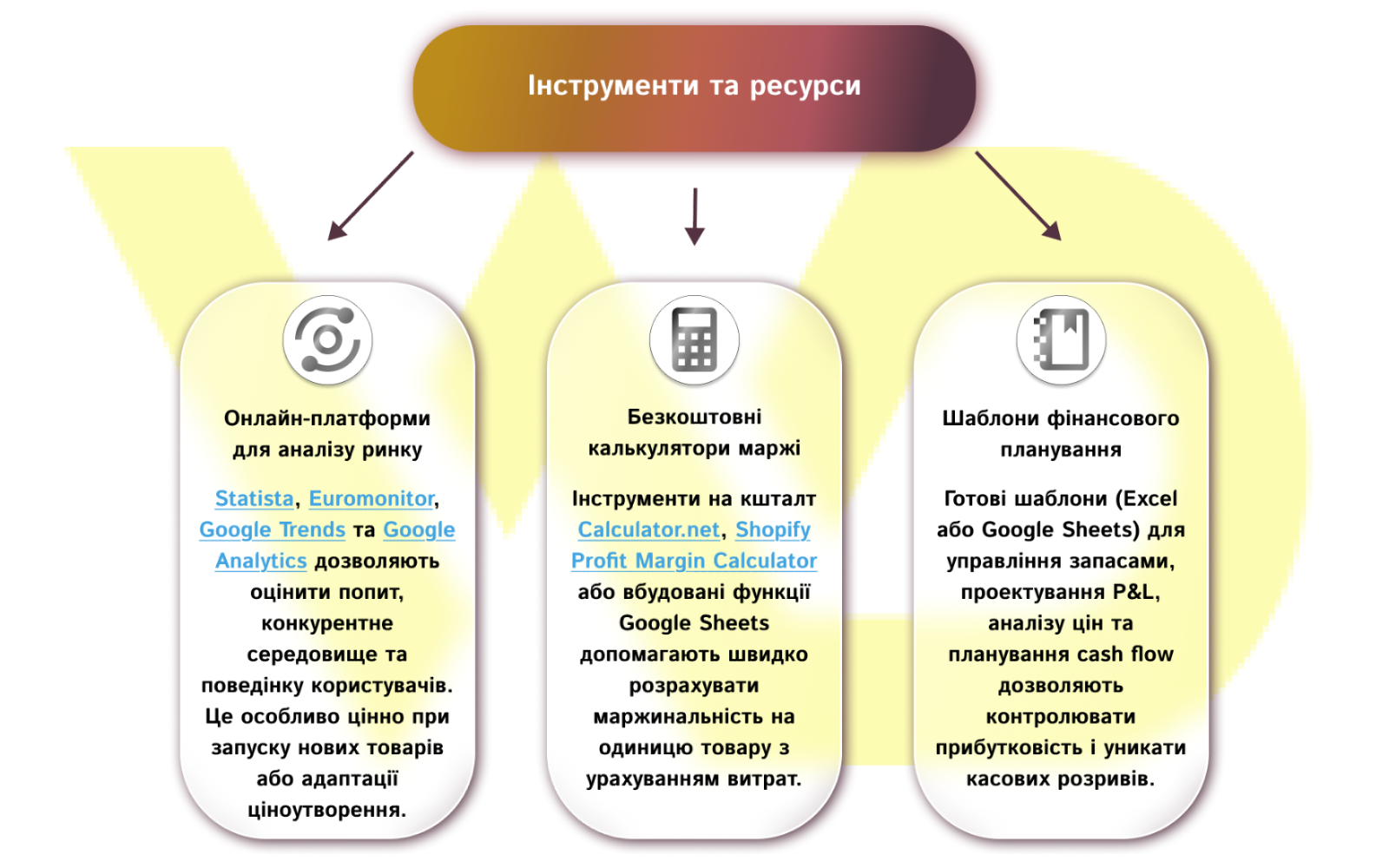
With the help of these tools, a flexible assortment strategy, accurate pricing, competent product presentation, and regular monitoring of performance indicators, it becomes possible to turn high margins into sustainable business growth.



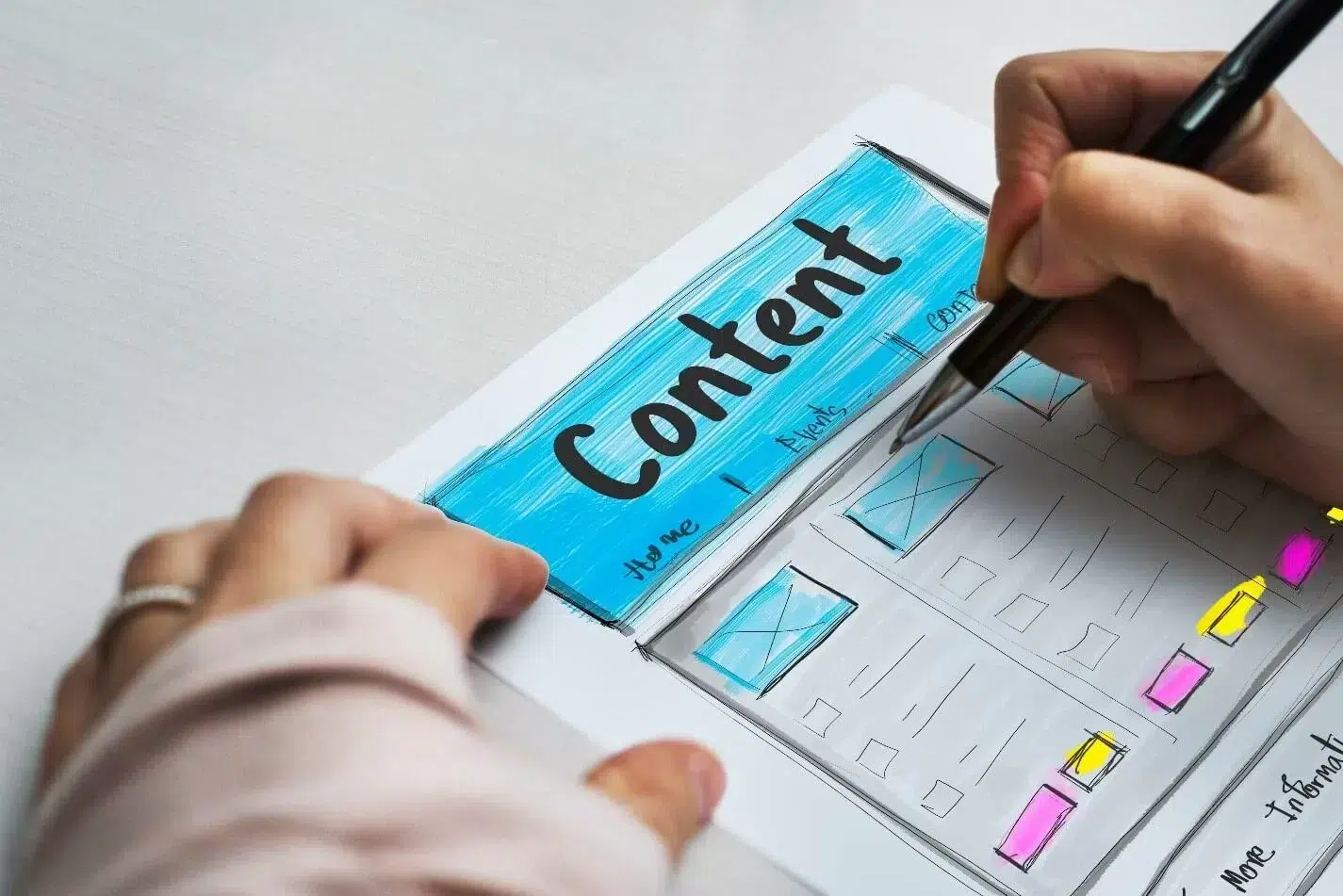



 29/09/2025
29/09/2025  1017
1017


